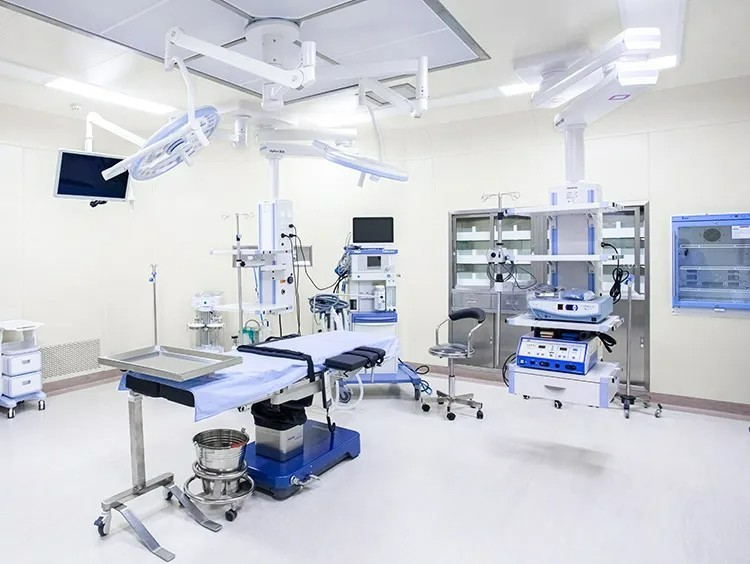The nasal septum is the partition between the left and right nasal cavities, composed of the perpendicular plate of the ethmoid bone, vomer, and septal cartilage, all covered by mucosa. A perfectly straight septum is rare; most people have minor deviations.
However, when the septum bends excessively to one or both sides, or develops localized protrusions (spurs/ridges), it can disrupt nasal and sinus function, causing symptoms like nasal congestion, nosebleeds, or headaches. This condition is termed a
deviated nasal septum. It commonly affects individuals with a history of nasal trauma, childhood adenoid hypertrophy, family predisposition, nasal polyps, or tumors.
 What Happens If a Deviated Septum Is Left Untreated?
What Happens If a Deviated Septum Is Left Untreated?
Chronic deviation can lead to persistent discomfort and reduced quality of life:
Nasal Congestion: The most common symptom, often persistent. Combined with acute rhinitis, congestion worsens and resists recovery. Severe cases may reduce sense of smell.
Headaches: Deviation pressing against the inferior or middle turbinate can trigger ipsilateral referred headaches, worsening with congestion.
Nosebleeds: Bleeding often occurs at the convexity, spurs, or ridges of the deviation, where mucosal tension and thinning expose the area to airflow, dust, and drying, leading to crusting and erosion. The septum’s rich blood supply further increases bleeding risk.
Complications:
High deviations blocking sinus drainage may induce化脓性鼻窦炎 (purulent sinusitis) or fungal infections.
Eustachian tube dysfunction can cause tinnitus or ear fullness.
Chronic mouth breathing from nasal obstruction raises risks of colds, upper respiratory infections, and loud snoring during sleep.
Is Surgery Always Necessary for a Deviated Septum?
Not all cases require surgery.
For patients with recurrent rhinitis alongside septal deviation, conservative treatment is first-line: nasal sprays and oral medications can slow progression.
However, surgery is considered when conservative measures fail, and severe symptoms (congestion, purulent discharge, dizziness, nosebleeds, snoring) caused by the deviation significantly impair quality of life.
At TreeENT,
septoplasty (deviated septum correction) is a mature, minimally invasive procedure.
Precision Minimally Invasive Surgery, No Visible Scarring
Using advanced high-definition video endoscopy, the deviated septum is precisely corrected to restore nasal structure and function. The entire procedure is performed through the nostrils, leaving no external scars.
Full Pain Management for Comfort
With minimal bleeding and high safety, TreeENT adopts international超前镇痛 (preemptive analgesia) protocols for standardized intra- and post-operative pain control, ensuring a comfortable experience. Our nursing team provides全程跟进 (full follow-up) for smooth recovery.
Imported Materials for Faster Healing
Imported polymer expandable sponges, absorbable septal fixators, or intranasal sutures provide even wound support and compression, reducing bleeding and nasal packing time to accelerate recovery.
At TreeENT, our expertise and patient-centered care deliver safe, precise, and comfortable surgical experiences, helping you reclaim effortless breathing and a healthier life!
